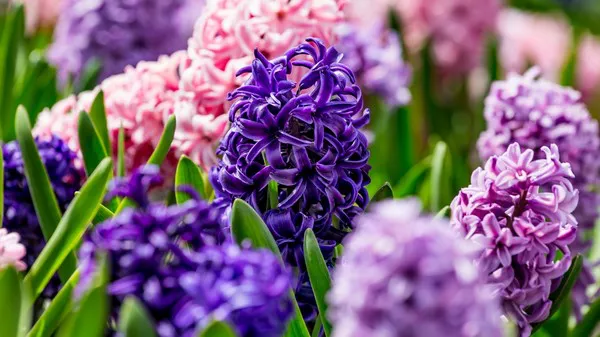Cornflowers, scientifically known as Centaurea cyanus, are more than just beautiful wildflowers that dot the landscapes of various regions. They hold deep cultural and botanical significance, carrying meanings that have evolved over centuries. From their historical uses to their symbolic representations in various cultures, this article explores the multifaceted aspects of cornflowers.
Botanical Characteristics and Origins
Cornflowers belong to the family Asteraceae and are native to Europe. These delicate blooms typically feature vibrant blue petals, although they can also appear in shades of pink, white, and purple. The flower’s unique shape is characterized by a central disk surrounded by ray-like petals. Their adaptability and ability to thrive in various conditions have made them a common sight in meadows, fields, and gardens.
Historical Uses and Cultural Significance
1. Medicinal Purposes: Throughout history, cornflowers have been used for their medicinal properties. They were believed to possess anti-inflammatory and diuretic qualities, and infusions made from cornflower petals were used to treat conditions such as eye infections, digestive disorders, and even cardiovascular ailments.
2. Culinary Uses: Cornflowers have also found their way into the culinary world. The flower petals, often used as a natural food dye, can add a pop of color to salads, desserts, and beverages. Additionally, the mild, slightly sweet flavor of cornflowers makes them suitable for infusions, teas, and floral jams.
Symbolic Meanings
1. Remembrance and Mourning: In many European cultures, cornflowers are associated with remembrance and mourning. These flowers are often seen at memorial sites and funerals, symbolizing the memory of loved ones who have passed away. Their delicate beauty amidst sorrow serves as a poignant reminder of life’s transient nature.
2. Romanticism and Love: Cornflowers have been linked to romanticism and love in some cultures. Their vibrant blue hue has been interpreted as a representation of fidelity and deep affection, making them a popular choice for bouquets exchanged between couples.
3. Hope and Optimism: The bright and cheerful appearance of cornflowers has led them to be associated with hope and optimism. Their ability to thrive in diverse environments, even in the harshest conditions, serves as a metaphor for the resilience of the human spirit.
4. Freedom and National Identity: In countries like Germany and Estonia, cornflowers hold special national significance. The blue cornflower was adopted as a symbol of resistance against oppression during World War II. Its vivid color came to represent freedom, and wearing the flower became a silent act of defiance against occupying forces.
Cultural Representations
1. France: Le Bleuet de France: In France, the cornflower, known as “le bleuet,” holds a special place in the country’s history. It was used to honor and support veterans of World War I. The “Bleuet de France” campaign continues to this day, raising funds to support veterans and their families.
2. Germany: Political Symbolism: The cornflower’s connection to Germany dates back to the 19th century, when it was associated with German nationalism. It was adopted by the Social Democratic Party during the Weimar Republic and later by the Nazi regime. Today, it is often regarded as a symbol of historical baggage and is not widely used.
Conservation Efforts and Environmental Impact
Despite their beauty and cultural significance, cornflowers have faced challenges due to habitat loss and changes in land use. Efforts to preserve native wildflower populations are essential for maintaining biodiversity and ecosystem health. Encouraging sustainable gardening practices and promoting the cultivation of native plants can contribute to the protection of these valuable species.
Cornflowers and Biodiversity
1. Pollinator Support: Cornflowers, like many wildflowers, play a crucial role in supporting pollinators such as bees and butterflies. Their nectar-rich blooms provide a food source for these insects, aiding in their survival and contributing to the pollination of various plant species.
2. Ecosystem Health: By providing habitats and food sources for a range of insects and animals, cornflowers contribute to overall ecosystem health. They help maintain a balanced food web and support the interconnected relationships within natural environments.
Cultivation and Gardening Tips
1. Choosing the Right Location: Cornflowers thrive in sunny areas with well-drained soil. They are well-suited for meadows, wildflower gardens, and even as border plants in more traditional gardens.
2. Planting and Care: Sow cornflower seeds directly into the soil in spring or fall. Regular watering is essential for establishing young plants, but once they are established, they are relatively drought-tolerant. Deadheading spent blooms can encourage prolonged flowering.
Conclusion
Cornflowers are far more than just captivating wildflowers; they carry deep-rooted meanings and cultural significance that span centuries and continents. From their historical uses in medicine and culinary arts to their symbolism of remembrance, hope, and freedom, cornflowers continue to inspire and resonate with people across the world. As we appreciate their beauty, let us also work to ensure their conservation, fostering a deeper connection between nature and human culture.


